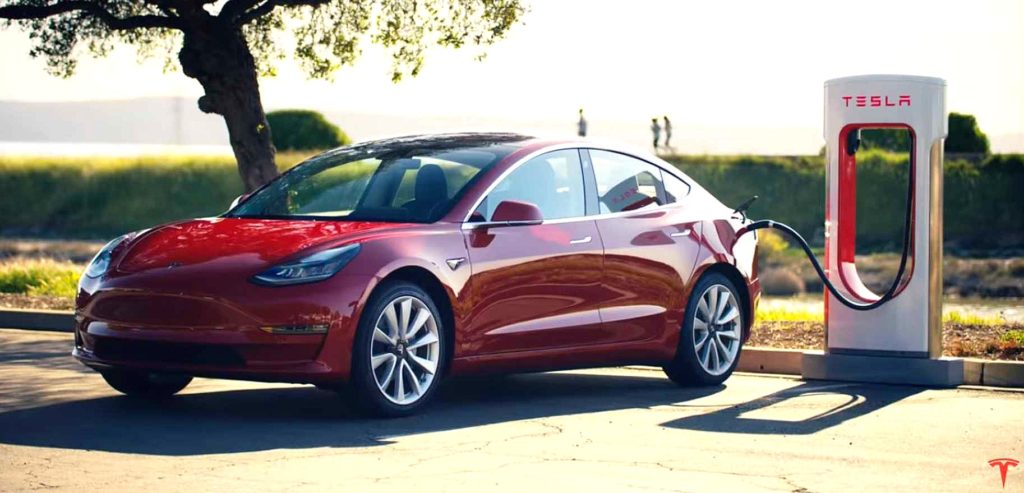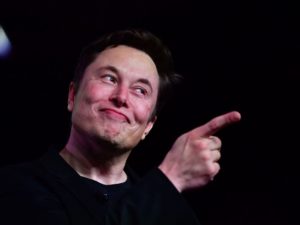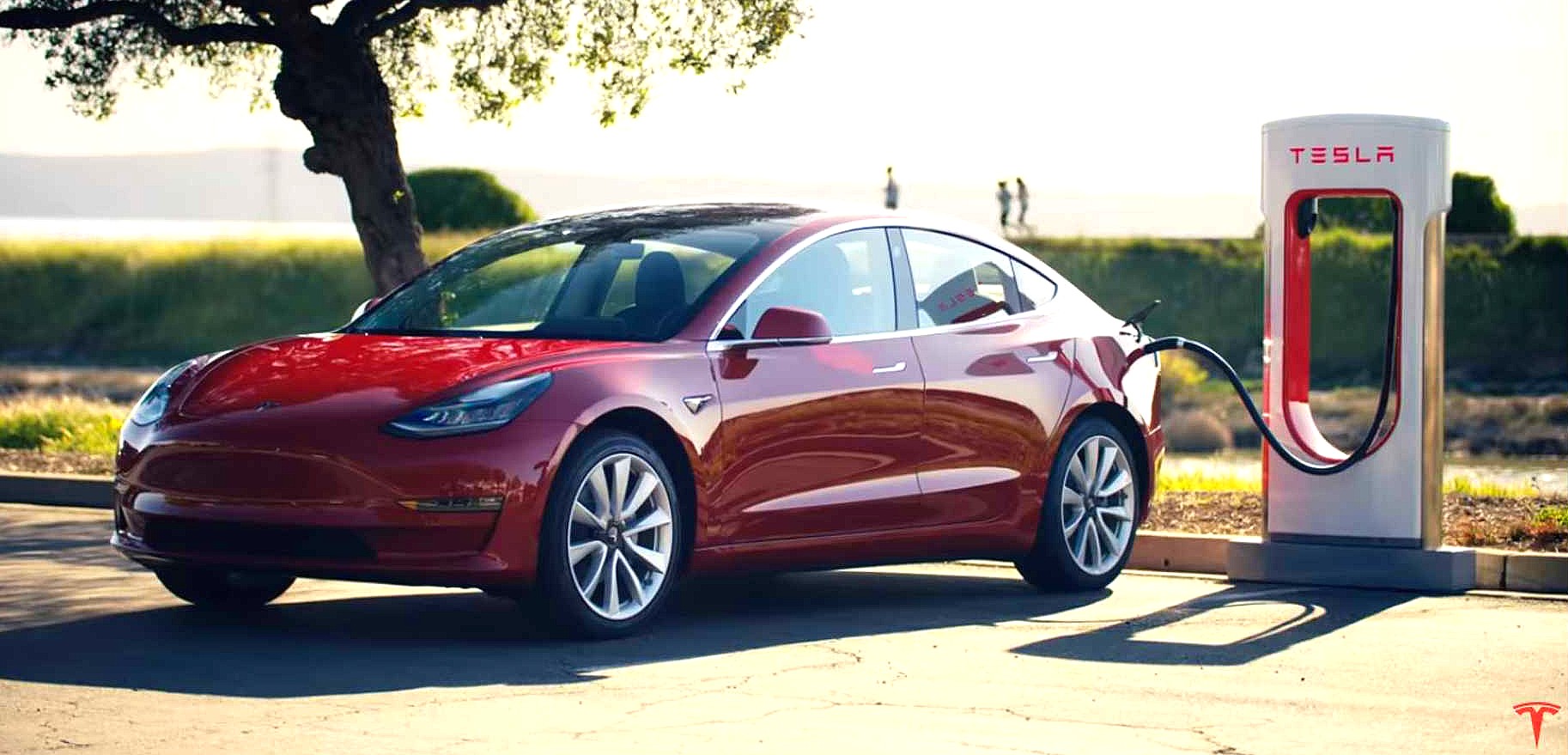NOTE: This post ran in the newspaper in February 2020, but for completionists’ sake I’m posting it now, to accompany yet another “I hate Tesla” post that follows.
You know that feeling when you’re driving through a city downtown in your brand-new Tesla, and a long series of traffic lights turn green, block by block, all in a row, just as you approach, and you think to yourself “Yes! Finally, my magic powers have come in!”
That is just how I feel about my TSLA market prognostication in my post in late January, except my magic works in the complete opposite direction. It’s as if by calling for TSLA shares to fall, I personally managed to push the stock to new, previously unimagined heights. It’s quite a power I apparently possess.
Between my anti-Tesla stock January 26th column and last night’s close (2 week’s later) the stock has soared from 564.82 to 734.7, a gain of 30%. 1

The company value as measured by market capitalization has jumped from 100 billion to 132 billion in less than two weeks. Year-to-date, the stock is up 75% as of last night, and briefly closed up 100% on the year. This is…insane. 2
If we could bottle up my magic skill in market picking – you just invest the exact opposite way from what I call – then we could all be retired billionaire investors by this time next year.
But the price action also provides another great opportunity for reviewing important stock market investments concepts. Like short selling. The madness of crowds. Castles in the air. And investment luminaries like John Maynard Keynes and Burton Malkiel.
Early 20th century economist John Maynard Keynes gets credit for stating that “the market can stay irrational longer than you can stay solvent.” He also famously described that the point of investing was not so much to decide what you think something is worth, but rather what other people in a crowd will think something is worth in the future.
In Burton Malkiel’s excellent book A Random Walk Down Wall Street Malkiel explains two distinct ways to value stocks: the “fundamental value” method and the “castle in the air” method. Both have their advantages and disadvantages. Warren Buffet is our modern champion for valuing stocks on a fundamental basis. Depending on how you interpret Tesla’s January 29th earnings announcement and to what accounting regime you ascribe, Tesla just reported its first annual profit, or just barely missed. In any case, it’s close to profitable for the first time in ten years. Applied to the Tesla situation, we know that fundamental value analysis cannot apply, however, relying as it does on tracking a consistent pattern of profits and the reasonable expectation that profit will continue into the future.
By contrast, the castle in the air theory of stocks says that the most important thing to know about a stock is what other people think of it. This method relies on the wisdom (or madness) of crowds. Stock markets trade on future expectations. It isn’t necessary for a stock to be profitable now, but rather it is necessary for sufficient numbers of other people to think it will be profitable in the future. As long as enough other people believe in the future of a stock, it is a perfectly fine investment practice to build a castle in the air.
Anyway. Obviously Tesla is a castle in the air stock. We should drive one mile further along this racetrack, however, to understand the crazy last week of the stock, and it’s crazy price action so far in 2020.
The key thing to know to explain the price action is that Tesla is the most shorted large stock in the market. Shorting means that investors – typically hedge funds and brokerage companies – have sold the stock without owning it, on the expectation that the stock will go down in the medium term. If it does go down, those same investors can buy back shares at a lower price to close out their position. They profit by selling high first, then buying low later, and pocketing the difference.
Shorting Tesla has always made fundamental sense because the darn company has never reported an annual profit – at least until, arguably, January 29th this year.
Shorting a stock that goes up, however, causes losses. If you sell a stock at 100, only to watch it go to 130, you’ve suffered a loss of $30 per share. Also, whereas buying a stock has limited downside, shorting can lead to unlimited losses. If you buy a stock at $100 that goes to zero, you’ve lost 100 per share. It’s a loss, but one that’s capped. at $100 per share. If you short a stock at $100, what if it then goes to $1,000? You’ve lost $900 per share. If it keeps going up beyond that, you have the possibility of infinite losses.
This is all background to explain the price action of Tesla in recent weeks. Large institutional fundamental value investors have long hated Tesla. With good reason! But they have to operate in a castle in the air world. Traders at banks and hedge funds always have risk limits and they also always have managers. At a certain point, managers look at a losing short position and tap the trader on the shoulder. “Sorry buddy, you may be right in the long run, but you need to shrink that position or close it out entirely.” The result is forced buying to close the short position, just as the stock is rising.
The reluctant hedge fund trader buys the stock at a high price, locking in the loss. The forced buying in turn creates a vicious cycle of higher prices, and more forced buying from others. This disequilibrium lasts until the shorts are sufficiently at a neutral risk position, or metaphorically squeezed, dead, or fired.
In this way, a short squeeze is the inverse of the kind of forced selling we last saw in the broad stock market between September 2008 and March 2009. Many institutional investors – like brokerages and hedge funds – didn’t want to sell stocks on a fundamental basis at that time. But the risk managers came along, saw the falling prices, and tapped the traders on the shoulder. “Sorry, buddy, you need to unload all of your positions by Friday. Also, you’re fired.”
Evil genius and Tesla CEO Elon Musk knows all about the short sellers who doubted his company. He taunted them last Summer. He promised on Twitter the “burn of the century” for Tesla short sellers.
He then mailed a package of “short-shorts” to famous fundamental value hedge fund investor David Einhorn of Greenlight Capital, who had bet against Tesla stock through short-selling.
In this investment battle between castle in the air and fundamental value, Musk has crushed his competitors, stolen their sheep, and salted their land.
A final reminder of the most important lesson of all. Never invest in individual stocks, or forecast their direction. You might not be as bad as me, but you’re probably not as good at it as you think you are.

A version of this post ran in the San Antonio Express-News
Please see related posts
Sin Investing Can Be Good (and also, Tesla is bad)
Book Review: A Random Walk Down Wall Street by Burton Malkiel
Post read (209) times.


